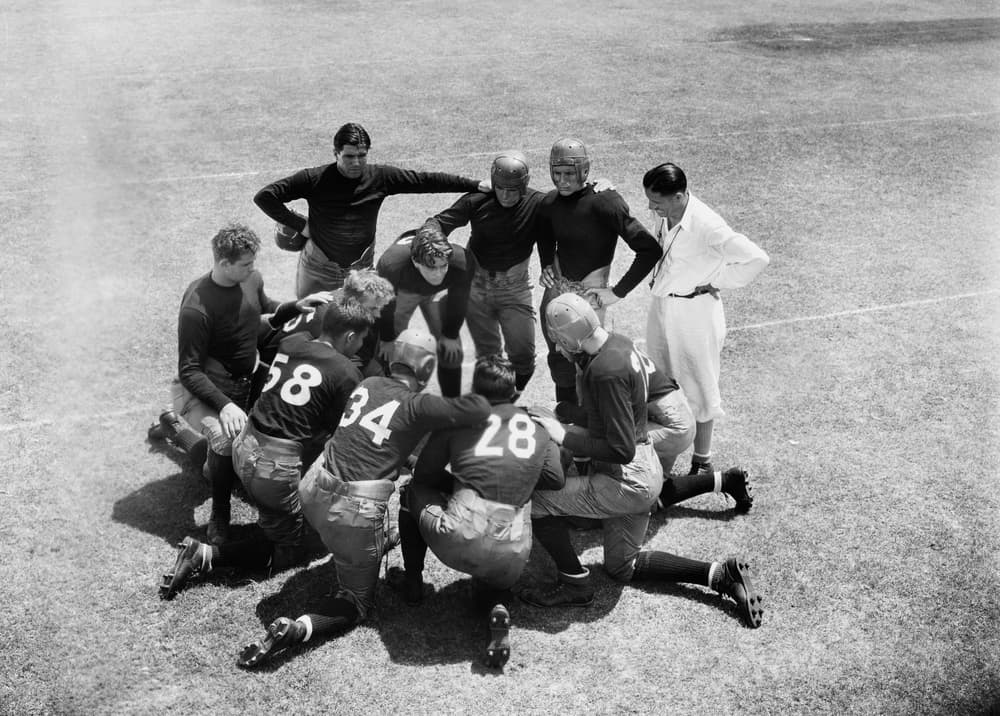More and more employers are developing workers compensation claim handling instructions to claim units and adjusters. This is especially true where adjusters and claim departments have fallen short in following best practices of claim handling.
High profile or serious injury cases are usually investigated and documented very well. On the other hand, day to day claims are often left lacking in some form or step of the claim handling process. As a result, when the everyday claim develops into a major issue, it is often too late to gather information that might have prevented the higher value from occurring.
Example for Need of Employer Intervention:
A classic example is: Employee has onset of back pain while lifting an object at work. The employee continues to work a few days. Several days later lost time begins. Initial diagnosis is strain of lumbar area. The doctor attributes it to the lifting at work. The employer confirms the pain started on the job because that is what the employee presented as fact. The doctor gives a sprain diagnosis. On the surface for the routine handling claim technician, all these items appear to point to a compensable injury that should be of short duration. The case is accepted. Benefits and treatment are started.
As soon as the lost time was reported, the adjuster failed the first duty by not taking a statement from the employee. The statement should have clarified the mechanics of the incident. There was no employee interview for past injuries, underlying pathologies, possible subrogation or even fraud. (Especially if this was an early Monday Morning history).
No independent medical examination was arranged to determine causal relationship, future course of medical care and expected disabilities. Meanwhile the attending doctor continues with conservative office visits and medications. A Medical Authorization was not obtained and no medical background investigation was done.
All of the above handling generally takes place within the first five to six weeks after the injury.
About the seventh or eighth week the attending Doctor asks for permission to do an MRI. Several more weeks may go by until the results reach the adjuster. It is discovered that there were prior back problems with ruptured discs and maybe even surgery. Future disabilities and extended treatment are now paramount.
The adjuster scrambles to obtain an Independent Medical Examination. It returns an opinion that the problem was not caused by the lifting incident alone. A petition is filed by the adjuster raising the issue of causal relationship. However, the compensation judge, having no other facts or evidence to weigh, continues the case as compensable and the employer is now forced to accept full responsibility for the case.
Reserves are increased, medical and vocational management may be required, and a permanent disability rating will be made.
Employer Input:
Most claim technicians want to, and do, serve their employer clients very well. However, day to day job pressures, workloads, and unexpected situations can allow even the most dedicated adjuster to fail in some steps of claim processing. The burden of proof is always on the employer when a claim controversy develops. Any innocuous step overlooked today may be tomorrow’s catastrophe.
It is suggested that employers develop basic procedures and protocols for how they want all their claims to be processed. These protocols should be reasonable, in keeping with best claim handling practices, spell out authority levels, and legally acceptable. They need to become a written part of the Third Party Authority contract, or policy between employer and insurer.
A check list needs to be developed and made a part of every claim created by the claim unit. Since more and more claim files are now handled electronically, some type of flag or block should be on each item listed so that the adjuster cannot proceed to further handling without documenting that the item has been properly addressed.
A partial sample listing:
The following list is just a few of the items that should be developed.
- All lost time claims must have an employee statement or interview confirming fact and developing proper health and background information.
- Obtain a signed all-encompassing a medical authorization.
- Advise employee of o benefits and responsibilities.
- Settlement or disposition inputs where the employer needs to be involved.
- Needs for Independent Medical Examinations, Medical Management, and Vocational Management.
- Reporting Procedures to the Employer.
- All cases should have professional medical triage as soon as the claim is presented.
Summary:
In the everyday handling of workers compensation claims, it is extremely easy for the claim technician to overlook vital investigative steps during the early stages of what might appear to be a routine case. The employer needs to develop a program that places checks and balances to limit this potential.
Author Michael B. Stack, CPA, Principal, Amaxx Risk Solutions, Inc. He is an expert in employer communication systems and helps employers reduce their workers comp costs by 20% to 50%. He resides in the Boston area and works as a Qualified Loss Management Program provider working with high experience modification factor companies in the Massachusetts State Risk Pool. He is co-author of the #1 selling book on cost containment, Your Ultimate Guide To Mastering Workers Comp Costs www.reduceyourworkerscomp.com. Contact: [email protected].
©2015 Amaxx LLC. All rights reserved under International Copyright Law.
SALES TO PAY FOR ACCIDENTS CALCULATOR: http://reduceyourworkerscomp.com/sales-to-pay-for-accidents-calculator/
WC GROUP: http://www.linkedin.com/groups?homeNewMember=&gid=1922050/
Do not use this information without independent verification. All state laws vary. You should consult with your insurance broker, attorney, or qualified professional.














